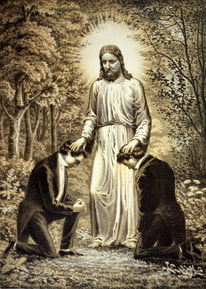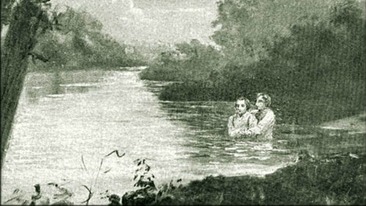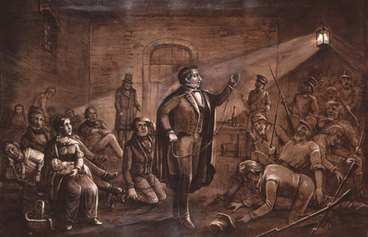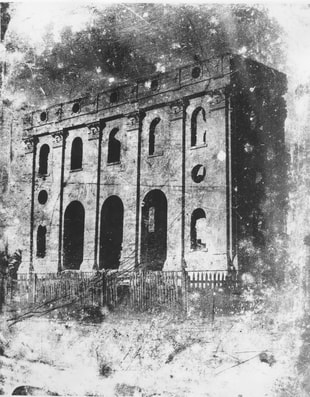The Work of the Lord
Has Begun Anew
THE RESTORATION OF THE GOSPEL OF JESUS CHRIST
FROM 1820 TO THE PRESENT
FROM 1820 TO THE PRESENT



|
|

|
Chief among these aberrations was the practice of polygamy or 'spiritual wifery'. The only teaching from Joseph Smith on this topic is Doctrine & Covenants (D&C) Section 132, which was canonized in its current form in 1876, 32 years after his death, and was a copy of a copy of a lost original. Yet Joseph and his brother Hyrum both taught against this practice on numerous occasions, including during Joseph's final sermon in Nauvoo a month before his death: “What a thing it is for a man to be accused of committing adultery, and having seven wives, when I can only find one.” (History of the Church, 6, p. 408-412). During Joseph's lifetime, those who practiced polygamy faced church discipline. The practice was decried by both male and female church leaders in Nauvoo. At the same time that Section 132 was added to the D&C in 1876, Section 101, entitled "On Marriage", was removed, which clearly stated that marriage was between one man and one woman. Nearly every accusation or testimony regarding Joseph's teaching or practice of polygamy emerged years or decades after his death. Emma always denied that Joseph practiced polygamy.
|
Joseph Smith's Monogamy: Exploring a Counternarrative Regarding Plural Marriage
|

|
"You cannot fill the office of a prophet, seer, and revelator; God must do this. You are like children without a father, and sheep without a shepherd. You must not appoint any man at your head. If you should, the Twelve must ordain him. You cannot appoint a man at your head;...You cannot take any man and put him at your head; you would scatter the saints to the four winds. You would sever the priesthood. So long as we remain as we are the heavenly head is in constant cooperation with us; and if you go out of that course, God will have nothing to do with you...I again repeat, No man can stand at our head except God reveals it from the heavens.” (August 1844 edition, The Millennial Star, 25, p. 231).
|
|
Unfortunately, the Restoration of the Gospel has not expanded unabatedly since the death of Joseph Smith. The succession crisis is a prime example of how Mormon history from 1844 onward has unfolded until today. Although much of the membership believes that decisions of church leaders and its councils are synonymous with divine will, most all changes to church doctrine, ordinances, and policy have not been accompanied by divine revelation and have mostly been made for reasons of convenience, to appease public opinion, or for financial and tax benefits. The goal of preparing for and achieving Zion is more elusive than ever, and is nearly forgotten.
|
|

|
As a result, a movement to return to the doctrinal origins of Mormonism, which includes a focus on the Doctrine of Jesus Christ: repentance, belief or faith, becoming as a child, baptism or re-baptism, and reception of the Holy Ghost. While some of these individuals remain active members of their churches, others have taken a step back from church activity, voluntarily removed their names from church records, or been excommunicated for 'apostasy' after openly expressing their beliefs and viewpoints.
|
|

